Austria ’s fifth largest city and the capital of the Tyrol, Innsbruck is the first major Austrian center one encounters coming out of Italy via the Brenner Pass, about an hour and a half’s drive from Bolzano. Its name literally means “Bridge over the River Inn,” and its origins are very ancient, since where Innsbruck stands today was already the castrum of Veldidena in Roman times, while the earliest records of today’s city date back to 1133. It obtained the title of city in 1239 at the hands of Duke Otto II, and in 1248 Innsbruck passed to the Counts of Tyrol and then to the Habsburgs, who made it the capital of Tyrol in 1420 to replace Meran. It was between the 16th and 17th centuries that Innsbruck reached its apogee: Emperor Maximilian I chose it as his residence and had what is still the city’s symbol today, the Goldenes Dachl, or “Golden Roof,” a sumptuous loggia entirely clad with 2,657 gilded copper tiles.
Thanks first to the Counts of Tyrol and later to the Habsburgs, Innsbruck retains a strong artistic imprint: One need only mention theHofburg imperial palace, the former residence of the counts later transformed into a splendid palace by Maximilian I and then again by Maria Theresa in the 17th century, or Ambras Castle with its collection of armor, the portrait gallery of the Habsburgs and the Chamber of Wonders(read more about Ambras Castle here), and then again the churches starting with St. James’s Cathedral (built in 1180 and later rebuilt in Baroque forms), the exuberant Helblinghaus (a bourgeois mansion known for its distinctive rococo facade), the Wilten Basilica, and many other sites of great interest. Innsbruck is also home to numerous museums, most of them united under one institution, the Tiroler Landesmuseen. In this article we go on a discovery of five museums through which one can learn about art in Innsbruck in all its forms and declinations, capable of astounding travelers with their variety and the many unexpected surprises to be found in the city.
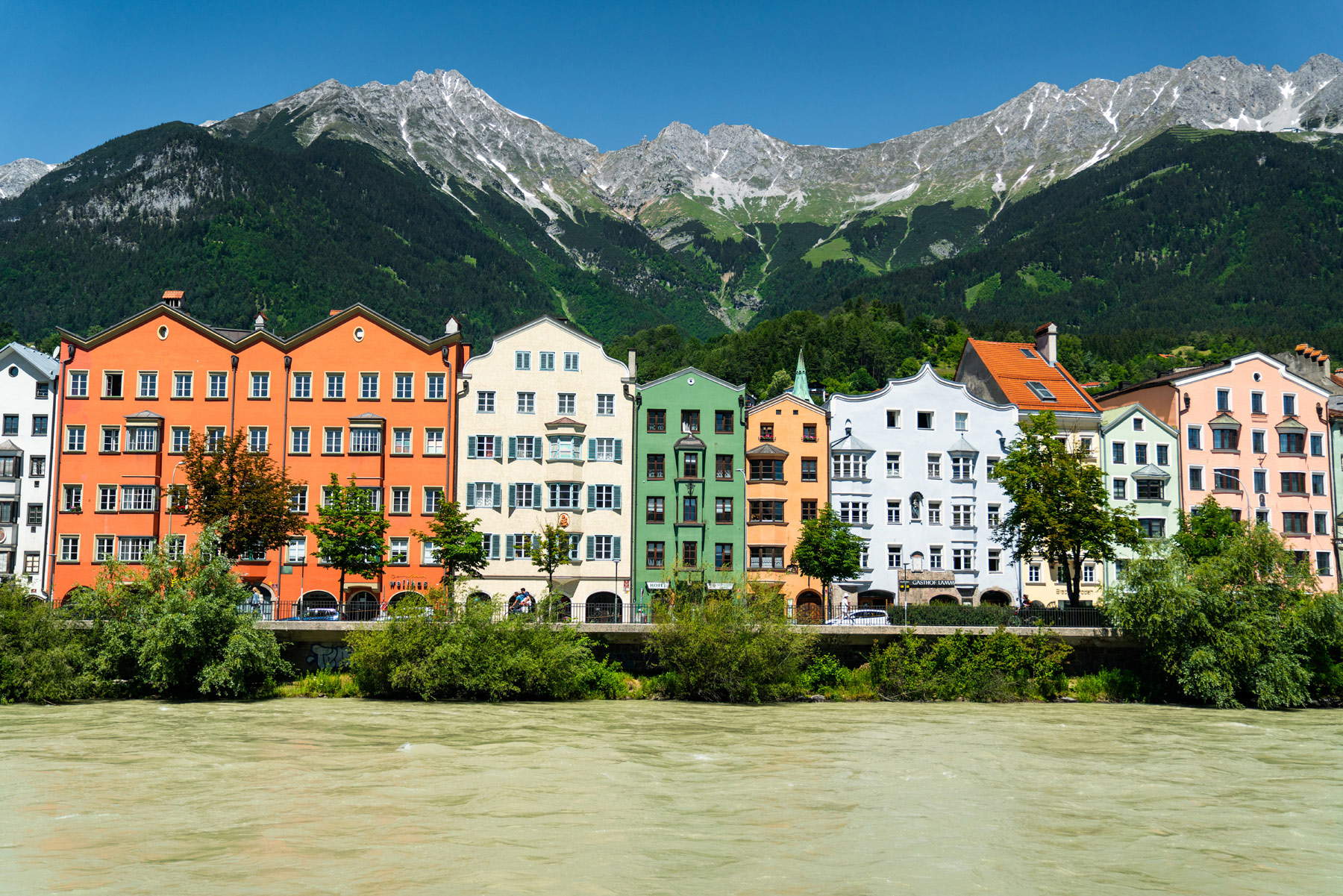
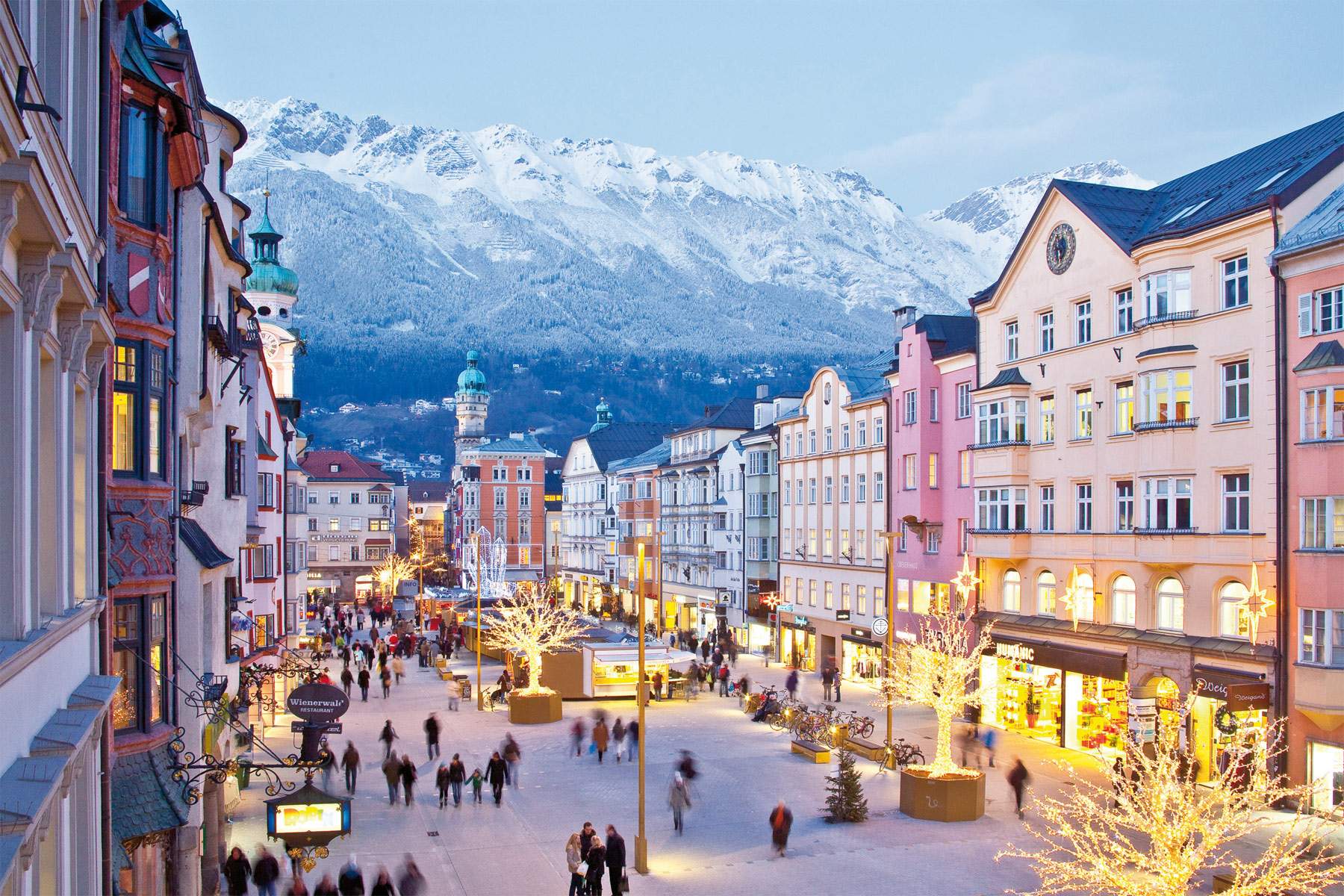
The Tiroler Landesmuseum Ferdinandeum is the city’s main art museum. Or “Innsbruck’s house of art,” as it is called. It is home to a collection chronicling 30,000 years of Tyrol’s history, from the Stone Age to the present day. It was founded in 1823 by the Verein Tiroler Landesmuseum Ferdinandeum (“Society for the Ferdinandeum State Museum”), the third oldest museum in the Austro-Hungarian Empire after those in Budapest and Graz, and owes its name to Ferdinand I of Habsburg-Lorraine, who was emperor of Austria (as Ferdinand V) between 1835 and 1848, and who accepted the post of museum patron after Emperor Franz I approved its establishment. It is housed in a large building designed between 1842 and 1846 by architect Anton Mutschlechner, then finished in the 1880s by Natale Tommasi of Trento, who designed the facade in the Neo-Renaissance style (in this sense it is a unique building in Innsbruck).
The idea of its founders was to create a museum that would stand as a guardian of the history and culture of the Tyrol, as well as its art, but at the same time also a museum aimed at an international audience. The collection thus has two souls, one of a local nature and one, on the other hand, of a broader scope. There are seven collections in all: one begins the journey with the prehistoric and protohistoric collections, which allow one to take a journey through the Tyrol to the early Middle Ages. We then move through the ancient art collections, with works by authors such as Rembrandt, Bernardo Strozzi (his is the portrait of Claudio Monteverdi), Lucas Cranach the Elder, Michael Pacher, Angelika Kauffmann, and many others. The third section is the modern section, with works from the 20th and 21st centuries (the names of Oskar Kokoschka and Egon Schiele stand out). Then there is a section devoted to graphics with drawings and prints from the 15th century to the present day, a collection of historical artifacts, the music collection, and finally the extensive library.
Austria Tourism, with the collaboration of Peter Assmann, director of the Tiroler Landesmuseen, recently produced and produced four short videos (just under three minutes each), in which Peter Assmann, introduces in Italian four paintings that are on display at the Ferdinandeum in Innsbruck, namely the aforementioned portrait of Claudio Monteverdi by Bernardo Strozzi, a self-portrait by Angelika Kauffmann, a portrait of Josef Pembauer by Gustav Klimt, and a self-portrait by Maria Lassning.
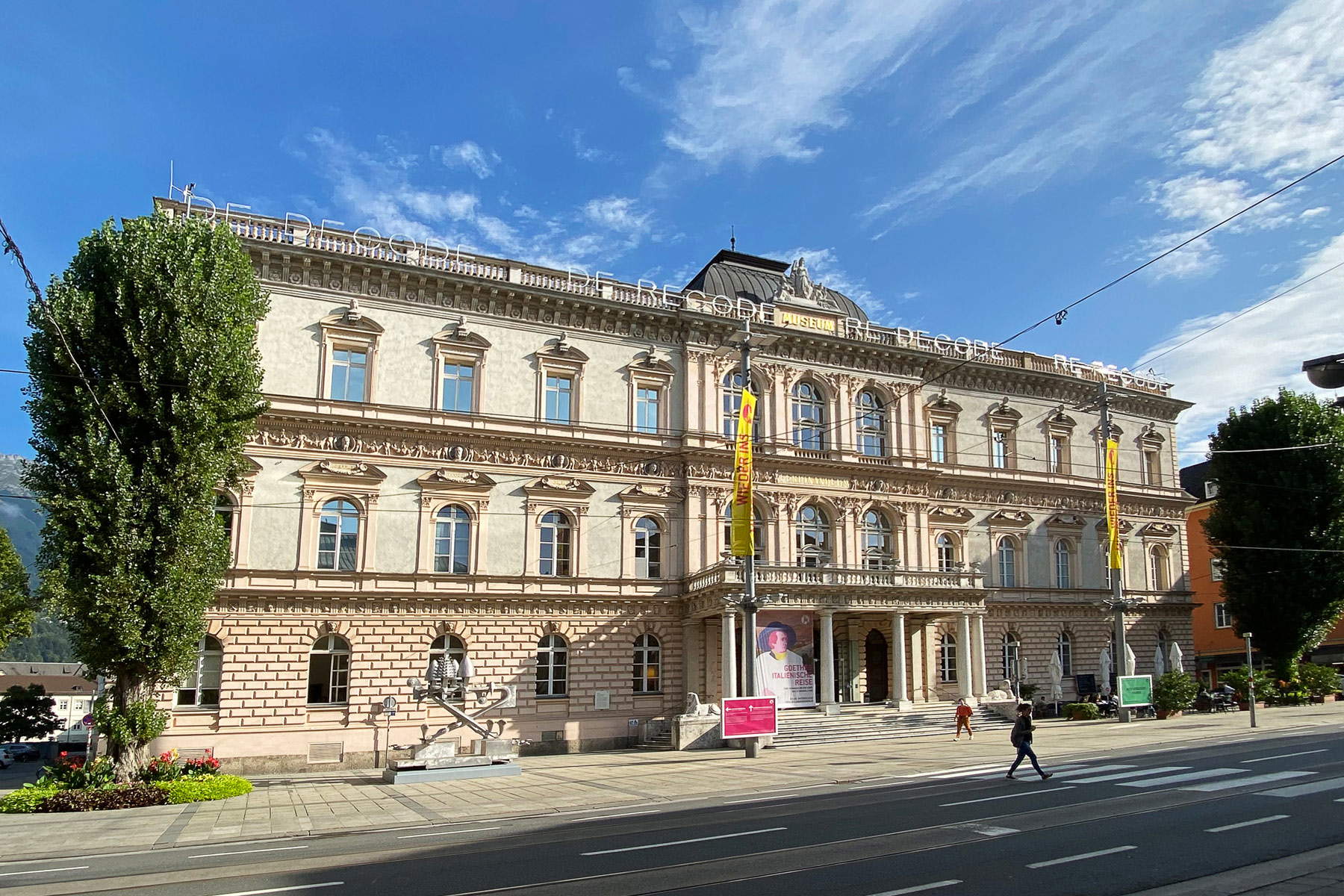
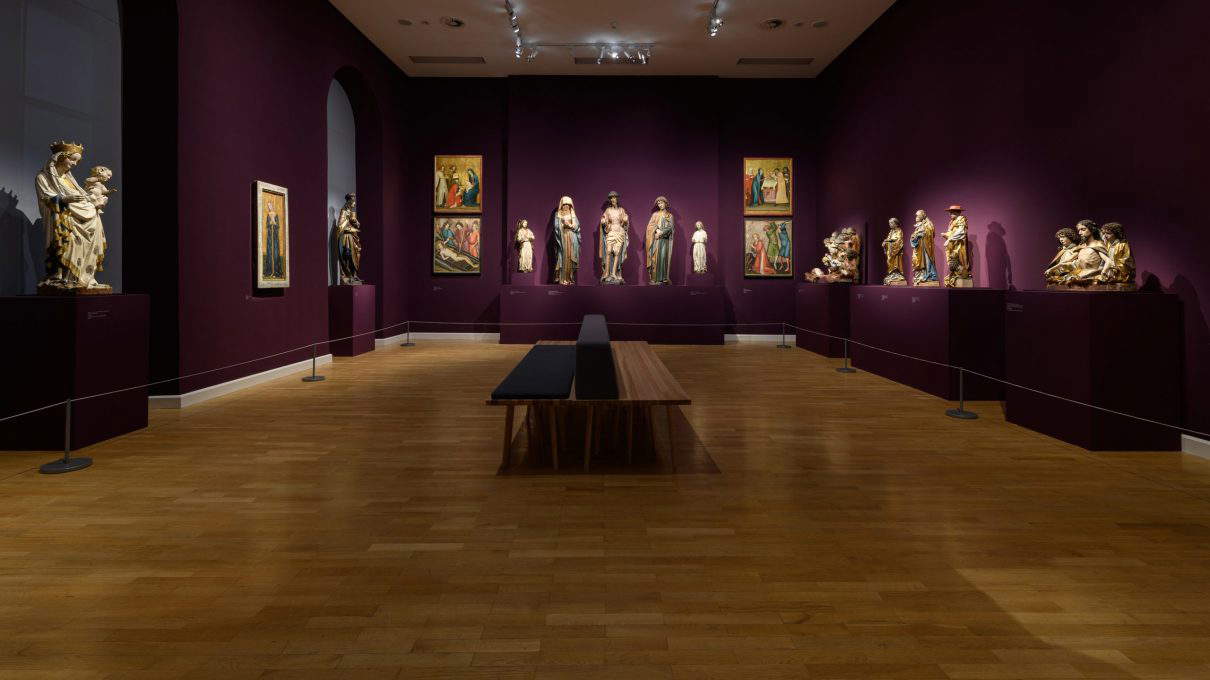
This is the largest museum dedicated to folklore, culture and folk arts in the Tyrol as well as one of the leading of its kind in Austria. Opened in 1888, it has been housed since 1929 in the former Franciscan monastery in Innsbruck. It is the ideal destination for those who want to learn more about the folk culture of the Tyrol or for those who want to learn about its historical aspects related to work, religious life, customs and traditions: in short, for anyone who wants to find out how people lived in these parts in the past. The Tiroler Volkskunstmuseum is, moreover, also one of Austria’s first museums dedicated to folk arts and is home to a vast collection with objects from the late Middle Ages to contemporary times.
The narrative unfolds through various sections: “Das prekäre Leben” (“Precarious Life”), devoted to daily life in the Tyrol up to the threshold of modernity (this is the most distinctly ethnographic part of the institute); “Erb-Gut. Studiensammlung” (“Heritage. Study Collection”), the collection of objects of artistic handicrafts from the Tyrol (wood is a great protagonist); “Stuben,” the section reserved for the typical wooden living room of the Alpine areas (the “Stube,” precisely); “Trachten” (“Costumes”), where there are 48 wooden figurines wearing typical costumes, all carved by Virgil Rainer at the 1929 opening. Finally, very special is the section “Miniaturen des Evangeliums” (“Miniatures of the Gospel”), with a collection of twenty artistic nativity scenes from the 18th century to the present.
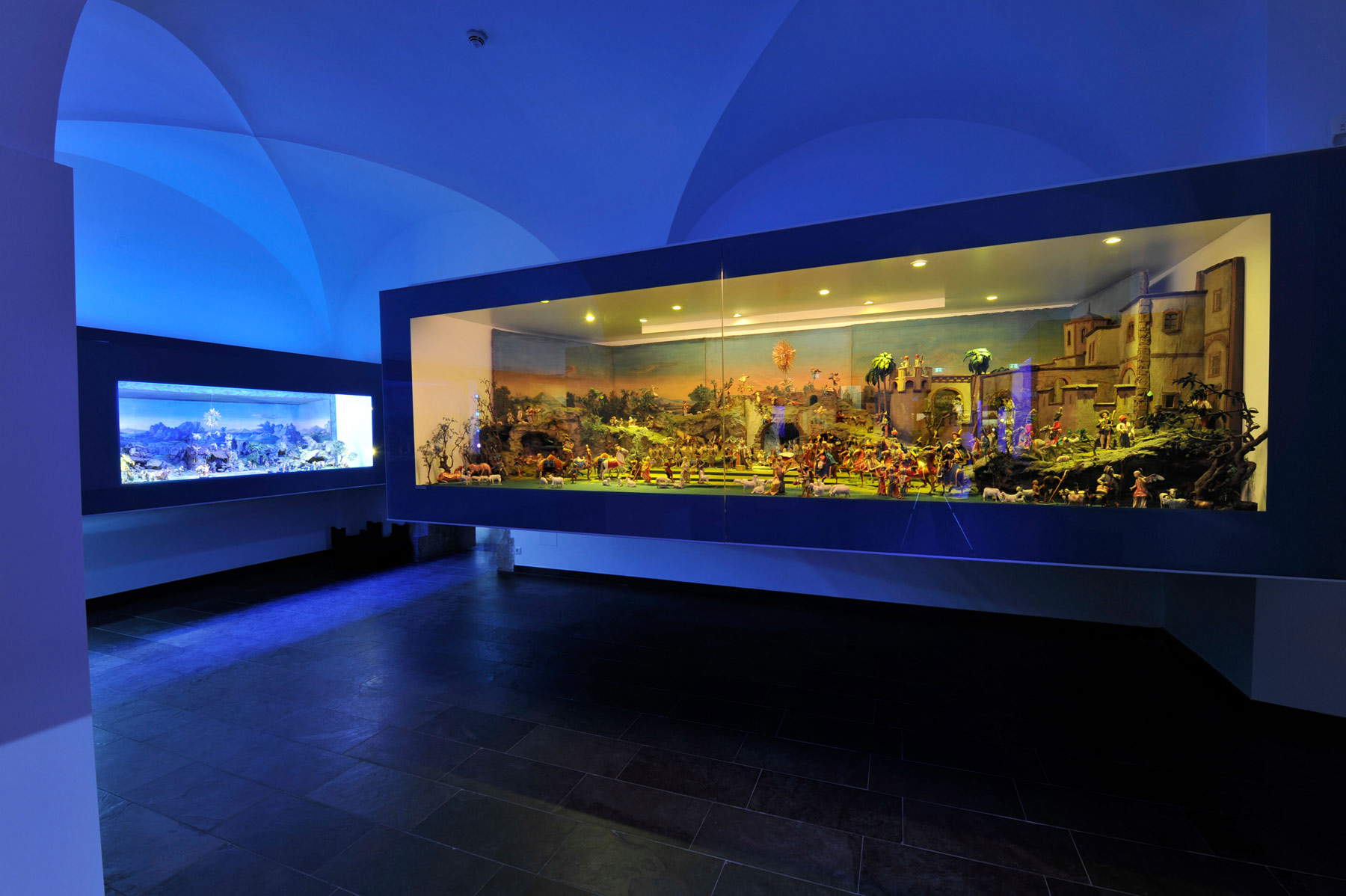
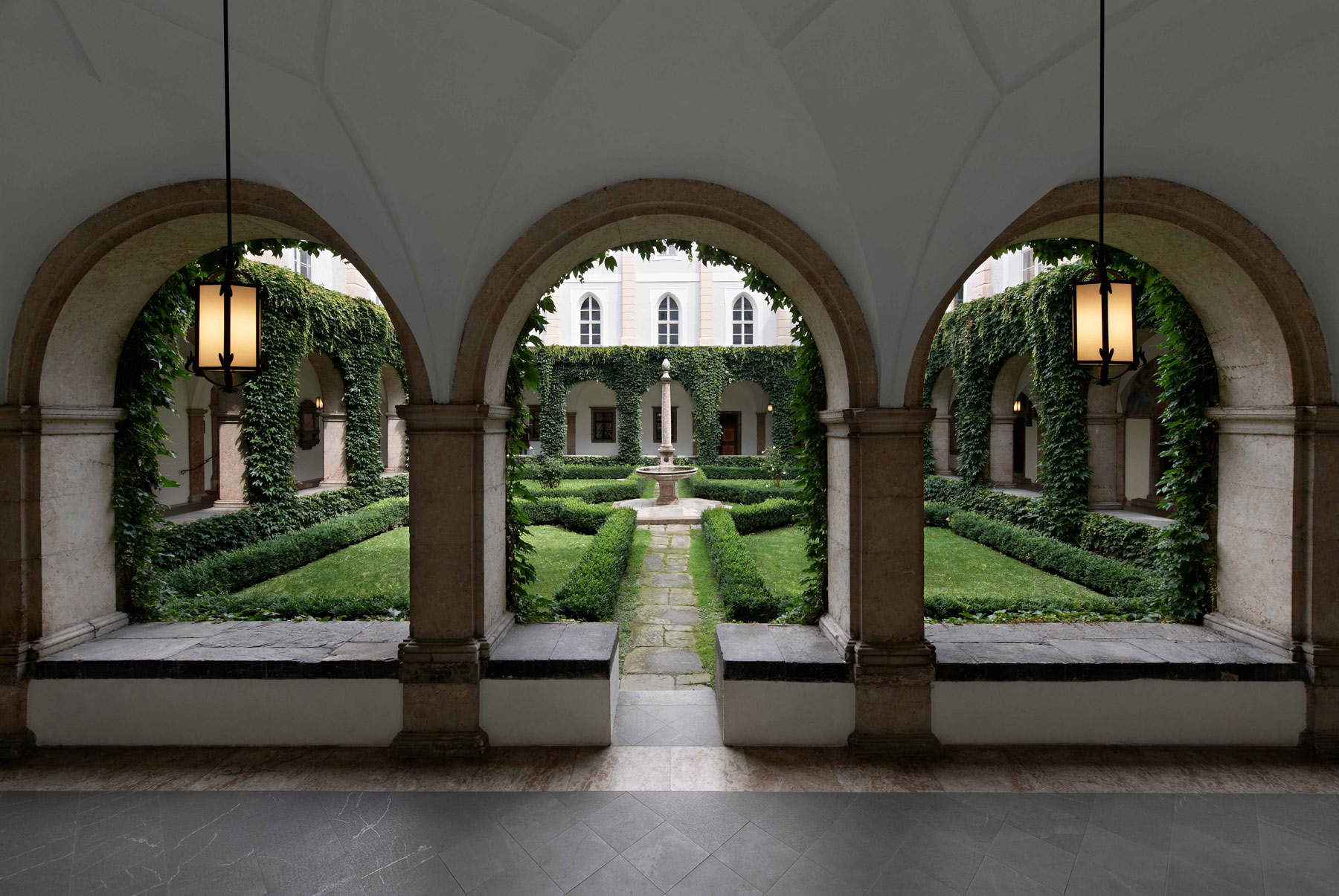
The Hofkirche (“Court Church”), now part of the Tiroler Landesmuseen museum circuit, is one of Tyrol’s most important and impressive monuments. It was built between 1553 and 1563 to a design by Andrea Crivelli from Trentino at the behest of Ferdinand I, who had it built in honor of his grandfather Maximilian I, as Innsbruck was one of his favorite cities (at that time in Austria there was no official seat of government, but it was the emperor who moved between residences as needed). The church was built with the intention of accommodating Maximilian I’s funeral monument: although the emperor had expressed his wish to be buried in the Wiener Neustadt castle, the chapel was not of a suitable size to accommodate a magnificent cenotaph such as he dreamed of. So it was Ferdinand I who had a worthy memorial made for his predecessor: a large cenotaph, designed by Florian Abel, surrounded by twenty-eight bronze statues of Maximilian I’s ancestors and relatives, and celebrating his memory, although his grave is in Wiener Neustadt.
The cenotaph is decorated with twenty-four bronze reliefs that make up a frieze describing the life and deeds of Maximilian I: they were made by Alexander Colin on the basis of drawings that Albrecht Dürer made between 1515 and 1517 for the huge Triumphal Arch, a gigantic woodcut measuring 3 1/2 by 3 meters, commissioned by Maximilian himself (on the arch designed by Dürer were the very stories from the life of Maximilian and his ancestors). Also in the church, a true jewel of Austrian art, is the tomb of Andreas Hofer, the patriot who led the Tyrolean troops against the French at the time of the Napoleonic Wars. Also worth seeing are the high altar, designed in 1755 by court architect Nikolaus Pacassi, and the Renaissance organ (1560) by Jörg Ebert of Ravensburg, with decorations painted by Domenico Pozzi of Ticino.
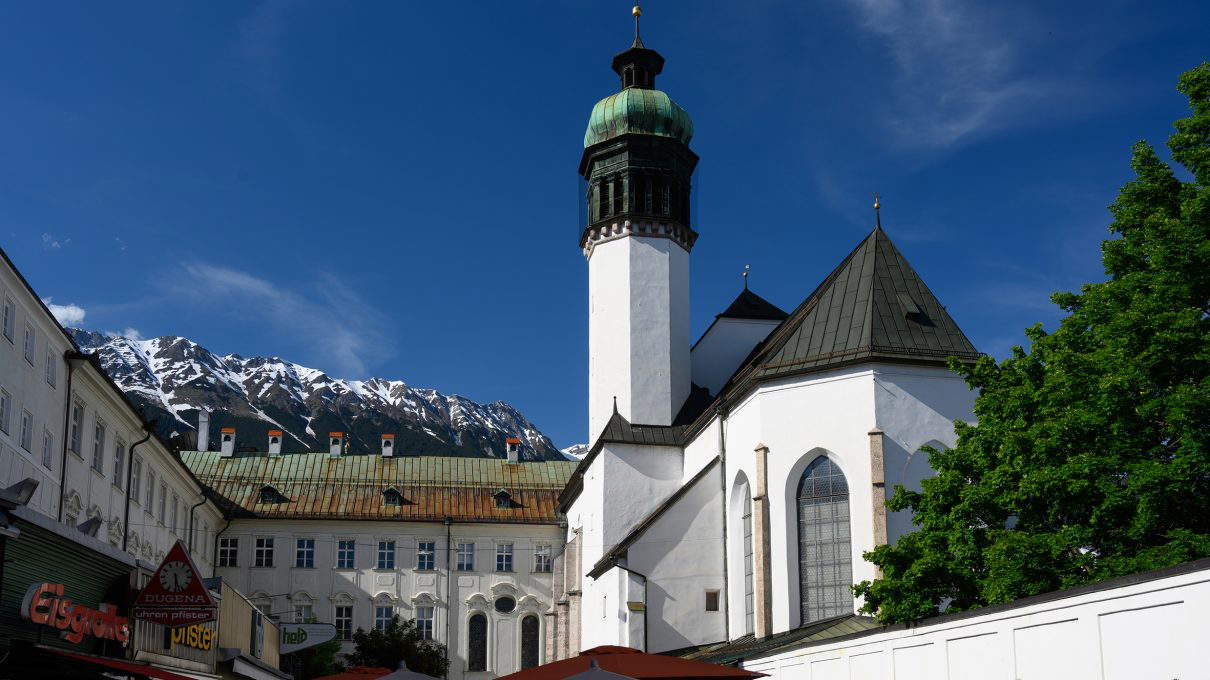
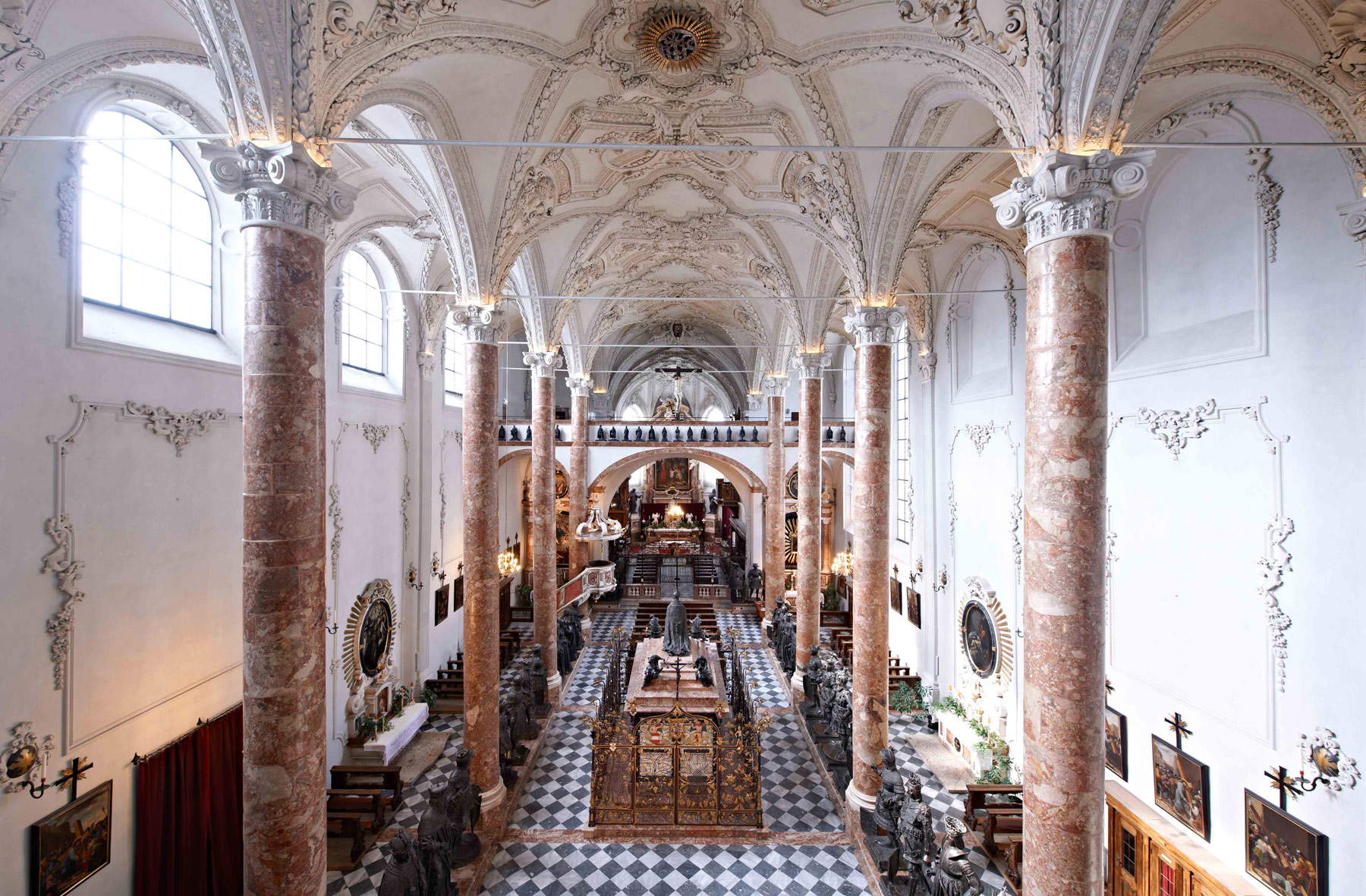
The Zeughaus Museum is housed in a fortress formerly surrounded by a moat and once also home to Emperor Maximilian’s collection of weapons, hence the name: it is the largest 16th-century building preserved in Innsbruck and is the institution where the history of Tyrol is told. With a collection of 466 objects, the museum in the former Arsenal tells the history of the region, from prehistory to the present, with focus on a few important chapters, such as those devoted to the aforementioned Andreas Hofer, or to 1919 and the separation of South Tyrol (“Südtirol,” as it is called in Austria and German-speaking countries in general) and its handover to Italy following World War I.
The fortress was a military depot until 1955, after which transformation into a museum began in the 1970s, and on May 18, 1973, the institute finally opened its doors to the public. It was originally a branch of the Ferdinandeum, and even today part of the collections of the great art museum are displayed in the Zeughaus Museum. The collection includes several curious objects: the first road map of Europe, dating back to the 16th century, Peter Anich’s large 18th-century globes, the mineralogical collection, fossils, and objects that tell the story of life in the salt mines of Hall and the mining deposits of Schwaz-Brixlegg and Kitzbühel (for a long time, Tyrol’s economy relied on its thriving mining industry). A curiosity: in summer, the inner courtyard of the Zeughaus Museum becomes an open-air cinema.

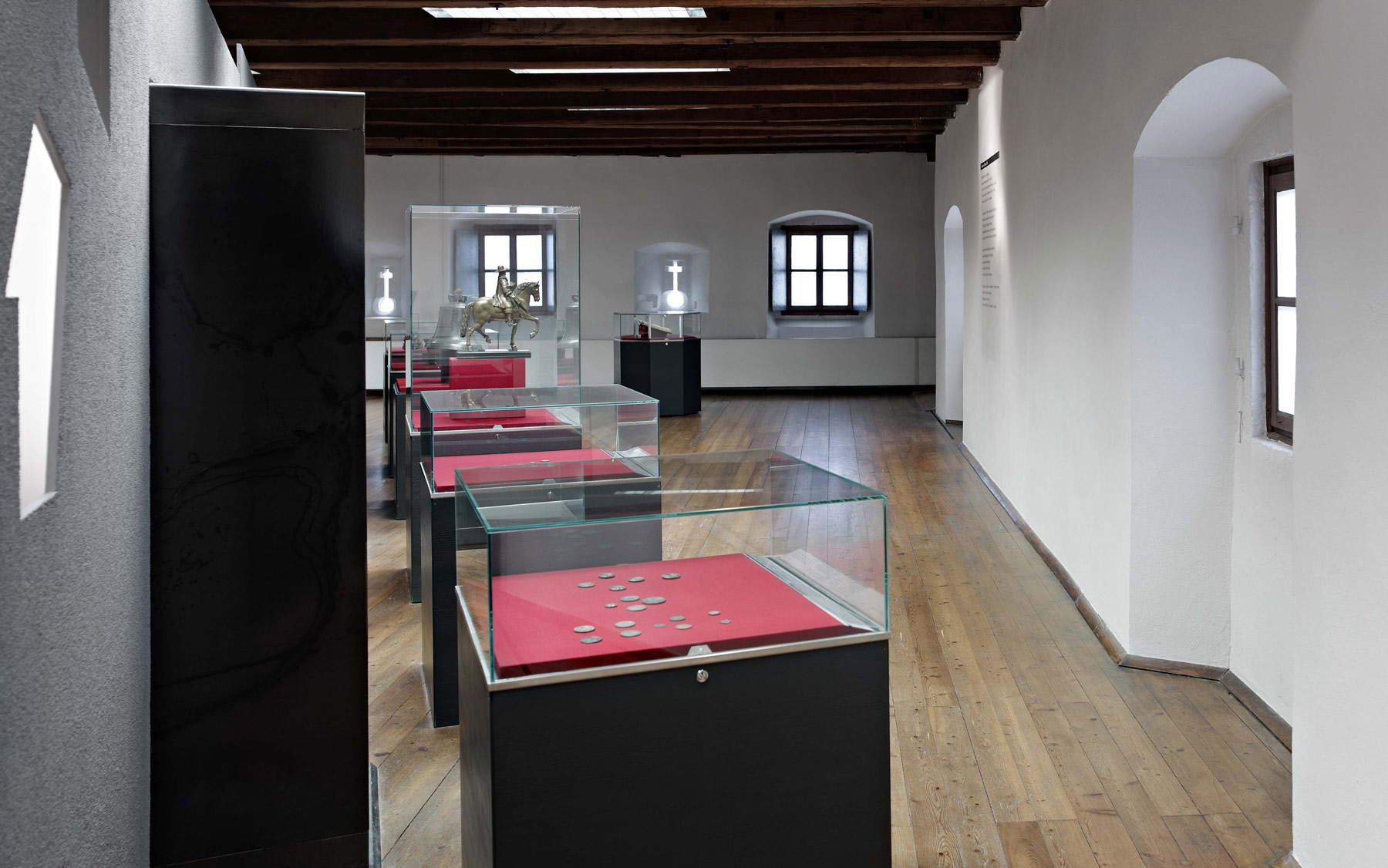
The Kaiserjäger (“Emperor’s Hunters”) were the members of four infantry regiments of the Austrian Imperial Army active from 1815 until 1918. Their story is told in the Kaiserjägermuseum, an institute that tells the military history of the Tyrol and is part of a larger project, the Tirol Panorama museum (located at the foot of Mount Isel), where the preserved theInnsbrucker Riesenrundgemälde, a huge 1,000-square-meter painting depicting the third battle of Mount Isel fought in 1809, and during which the Tyroleans, led by Andreas Hofer, defeated the French and Bavarians. The work was created in 1896 by German painter Michael Zeno Diemer, supported in the undertaking by several of his colleagues, namely Franz von Defregger, Franz Burger, Anton Niedermaier and others. It is a painting made with the “Panorama” technique, which was very popular in the late 19th and early 20th centuries in the German area, and employed not infrequently for battle scenes: these were true ante litteram“immersive” works, since the artists created painted environments (usually circular) that, through perspective devices, gave the audience the impression of being in the center of the episode.
Diemer’s Panorama remained from 1896 to 2010 in its original rotunda (it was one of the few Panoramas in the world to enjoy this privilege), after which it was moved to the new, specially designed building (in a much-discussed operation that created two sides: those who wanted to preserve its original location for historical reasons, and those who felt that the new building provided better preservation conditions), connected via an underground tunnel to the 18th-century building that houses the Kaiserjägermuseum. TheInnsbrucker Riesenrundgemälde is the largest painting in the Tyrol, and after seeing it you continue your visit to the Schauplatz Tirol, a permanent exhibition dedicated to the myth of the Tyrol, and then leave the museum to wander along the paths leading to Mount Isel, to end your art journey...in nature.
To learn about artists and places of inspiration go to austria.info
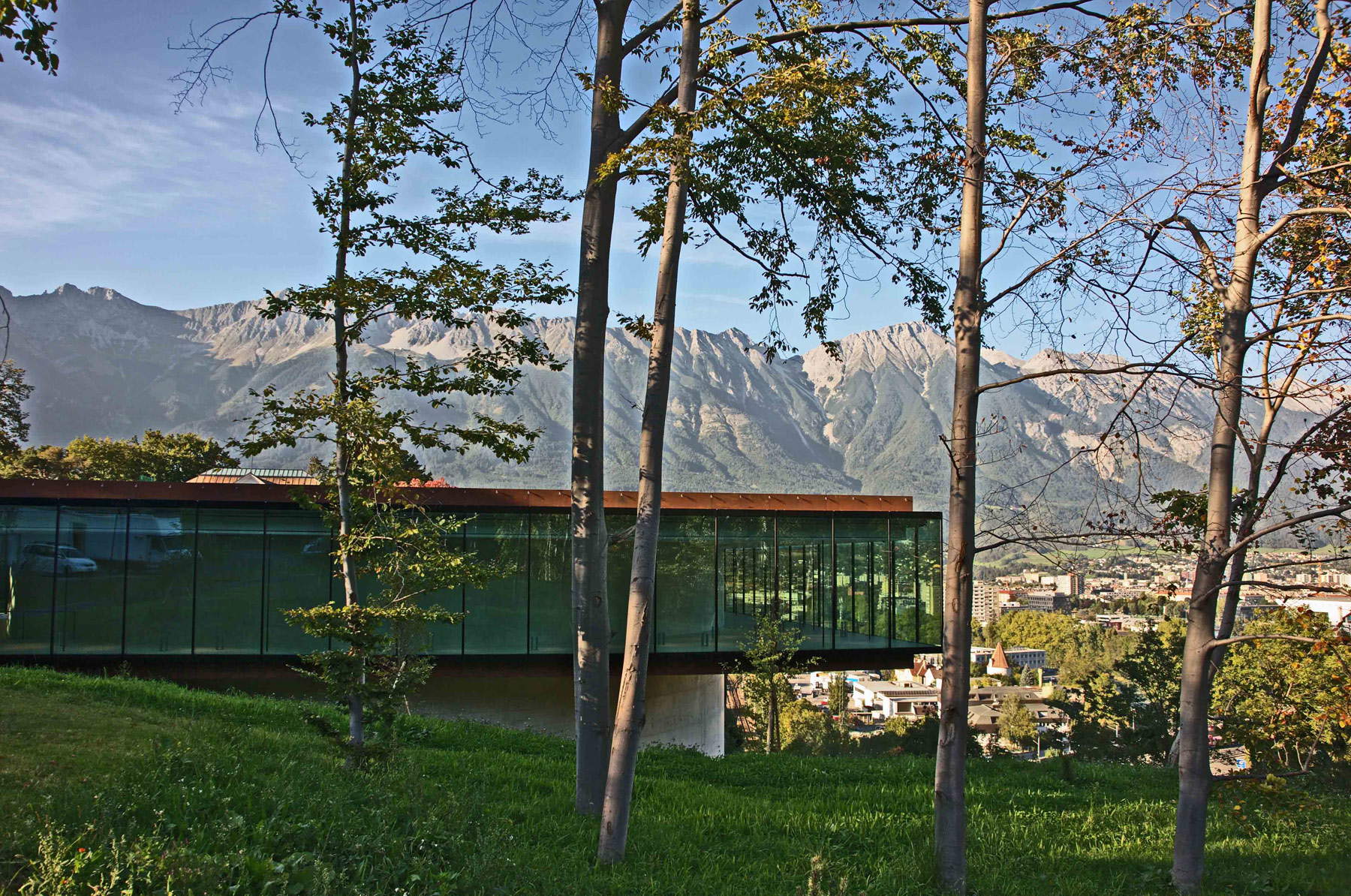
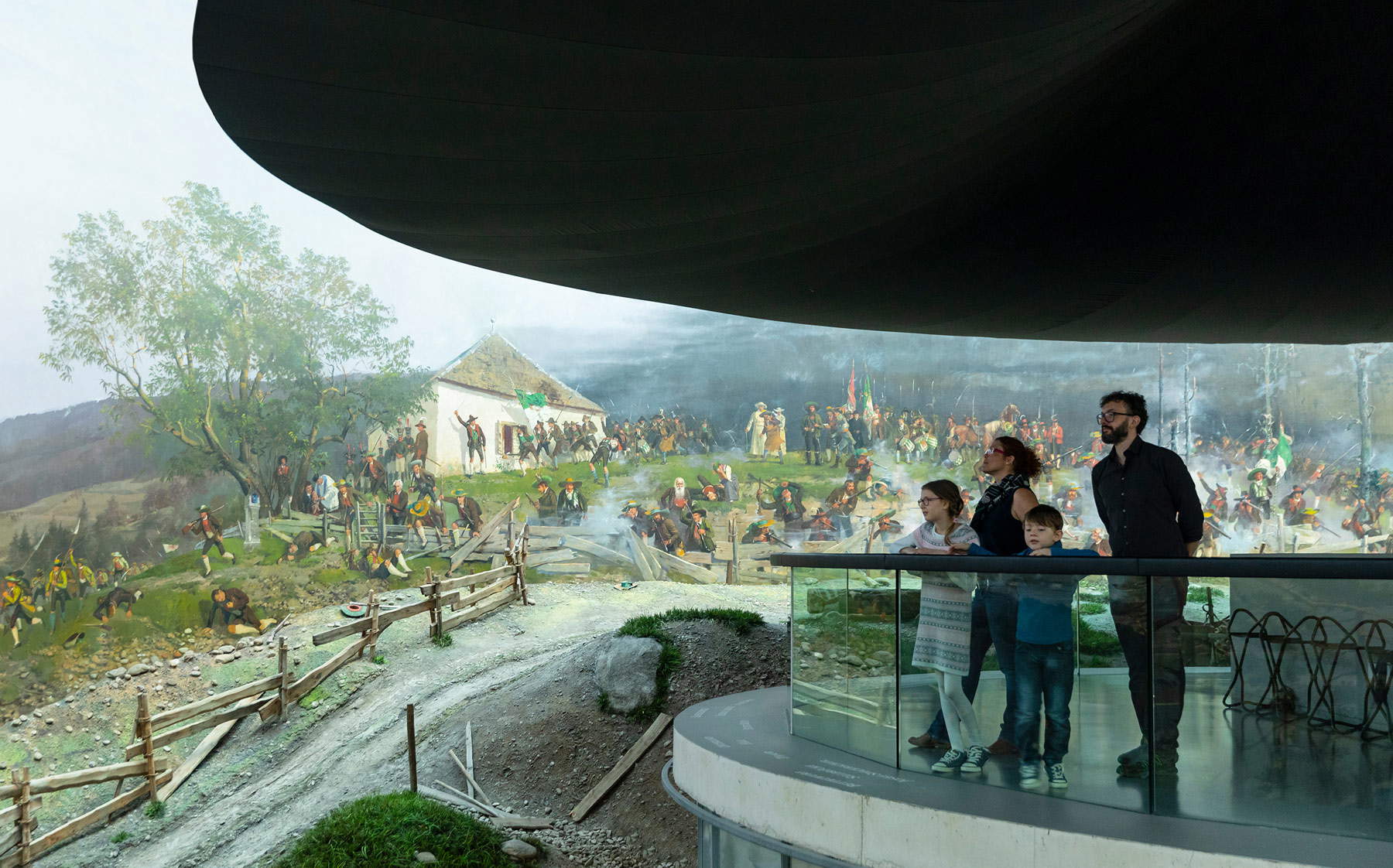
 |
| Innsbruck city of art: 5 museums to learn about art in the capital of Tyrol |
Warning: the translation into English of the original Italian article was created using automatic tools. We undertake to review all articles, but we do not guarantee the total absence of inaccuracies in the translation due to the program. You can find the original by clicking on the ITA button. If you find any mistake,please contact us.